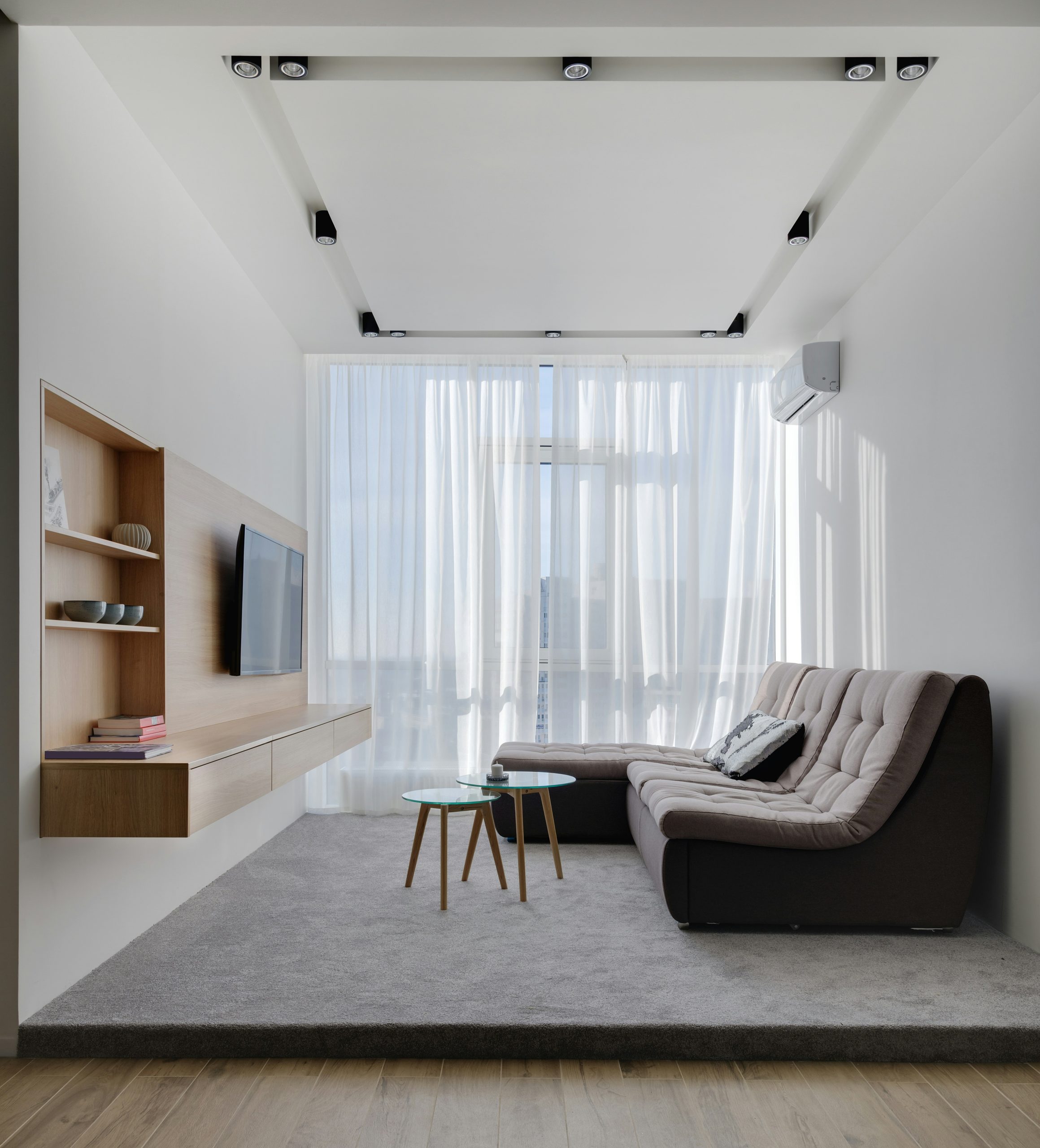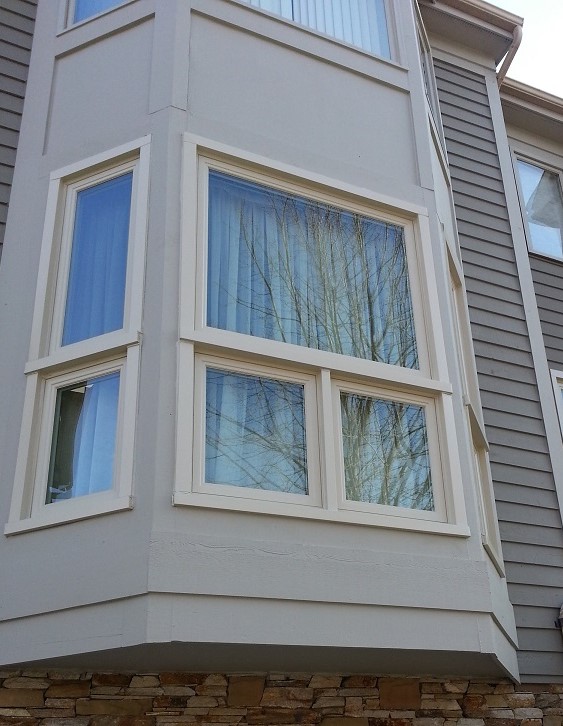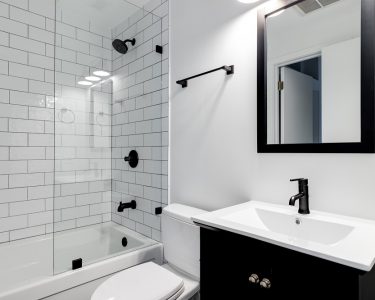Originally posted on: https://www.todaystopquestions.com/what-is-modern-interior-design/
Modern interior design, often mistaken for contemporary design, is actually a nod to the mid-century modern era, a period marked by a departure from the ornate to embrace simplicity, functionality, and the beauty of natural materials. Unlike contemporary design, which morphs with the prevailing trends of the moment, modern design maintains its unique identity, characterized by minimalism, clean lines, and a seamless integration of indoor and outdoor spaces. This design philosophy finds its roots in the Bauhaus School of Design in Germany, emphasizing that form should follow function, leading to the innovative use of industrial materials like metal and glass in residential spaces.
Windows: The Eyes of Modern Design
In modern interior design, windows are not merely openings in the wall but pivotal architectural elements that define the character of a space. They serve as the eyes of the home, connecting the indoors with the outdoors, and are instrumental in achieving the lightness, airiness, and openness that are hallmarks of this design style. Large, often floor-to-ceiling windows, are a signature feature, allowing natural light to flood the interiors, blurring the lines between inside and outside. This not only enhances the aesthetic appeal of the space but also promotes energy efficiency and a deeper connection with nature, aligning with the modern design’s emphasis on sustainability and well-being. When getting new windows, consider investing in high-quality vinyl replacement windows for beautiful windows that fit the modern aesthetic.
Paint: The Canvas of Modernity
The choice of paint in modern interior design is guided by the principles of simplicity and harmony with the natural world. Neutral palettes dominate, serving as a serene backdrop that complements the clean lines of the furniture and the organic textures of the materials used. Whites, beiges, grays, and occasionally bold accents are employed to create a sense of space and light. This minimalist approach to color allows the architectural elements and carefully selected pieces of furniture to stand out, ensuring that the design remains uncluttered and cohesive. The use of paint in modern design is not just about color but about creating an atmosphere that reflects the ideals of simplicity, functionality, and elegance.
Integrating Windows and Paint in Modern Design
The strategic use of windows and paint is crucial in achieving the desired aesthetic and functional outcomes in modern interior design. Windows, with their ability to bring in natural light, dictate how colors appear at different times of the day, influencing the mood and ambiance of the space. The interplay between the natural light from the windows and the neutral tones of the walls creates a dynamic canvas that changes with the seasons and time of day, adding depth and character to the minimalist design. Furthermore, the placement of windows can enhance the visual impact of the space, making rooms appear larger and more inviting, while the choice of paint can either warm up or cool down the interiors, depending on the desired effect.
Conclusion: A Timeless Approach to Living Spaces
Modern interior design, with its emphasis on clean lines, functionality, and the thoughtful integration of natural materials, offers a timeless framework for creating living spaces that are both beautiful and practical. The careful consideration of elements such as windows and paint underscores the design’s commitment to creating environments that are in harmony with their surroundings, promoting well-being, and reflecting the personal style of the inhabitants. As modern design continues to inspire new trends and adapt to contemporary needs, its core principles remain a testament to the enduring appeal of simplicity, functionality, and elegance in our living spaces.





